


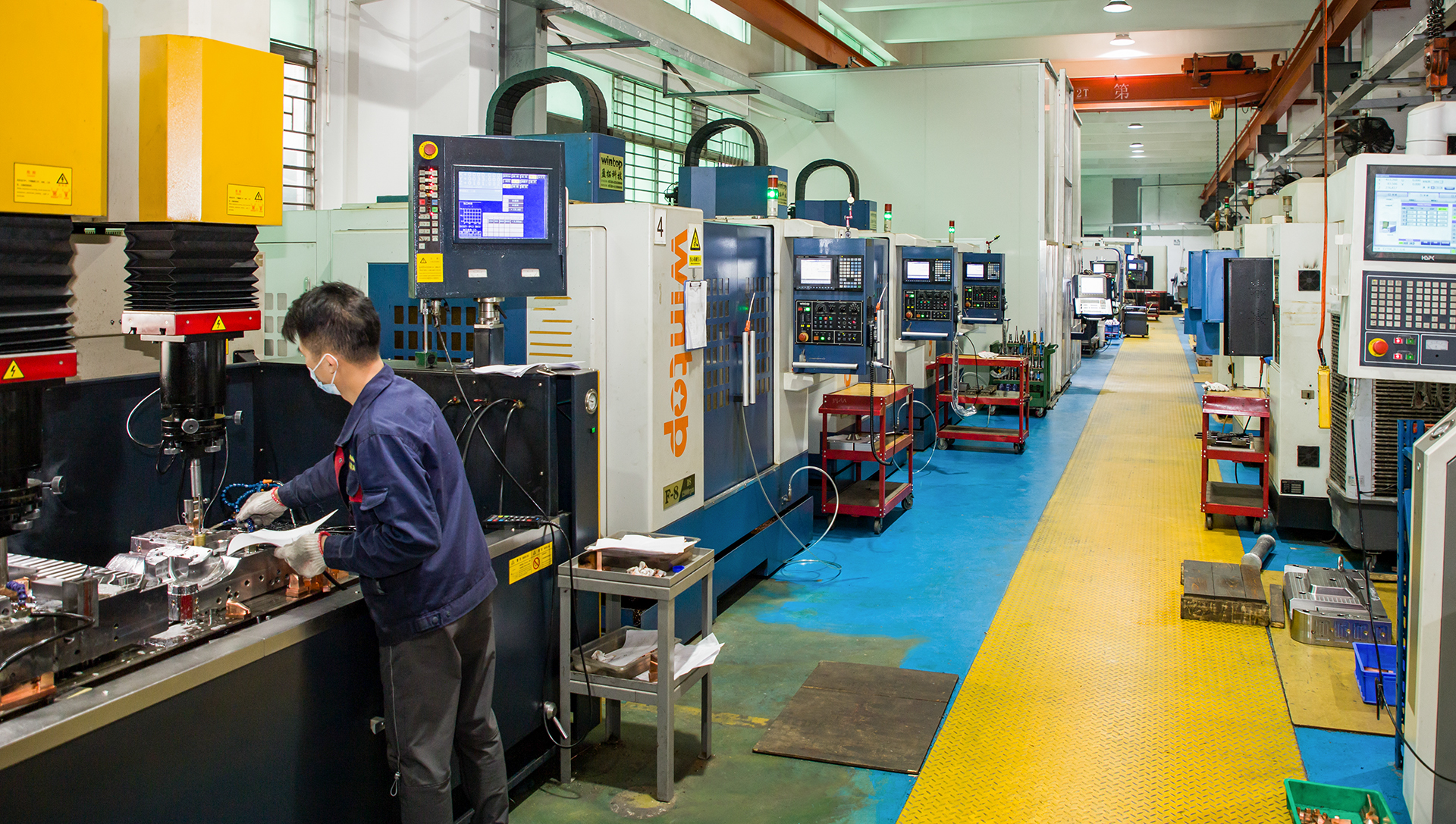
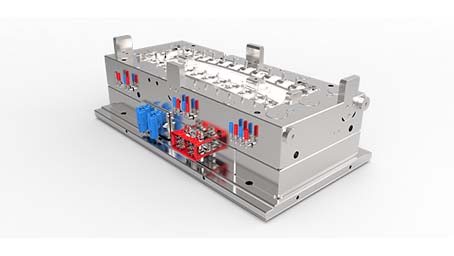
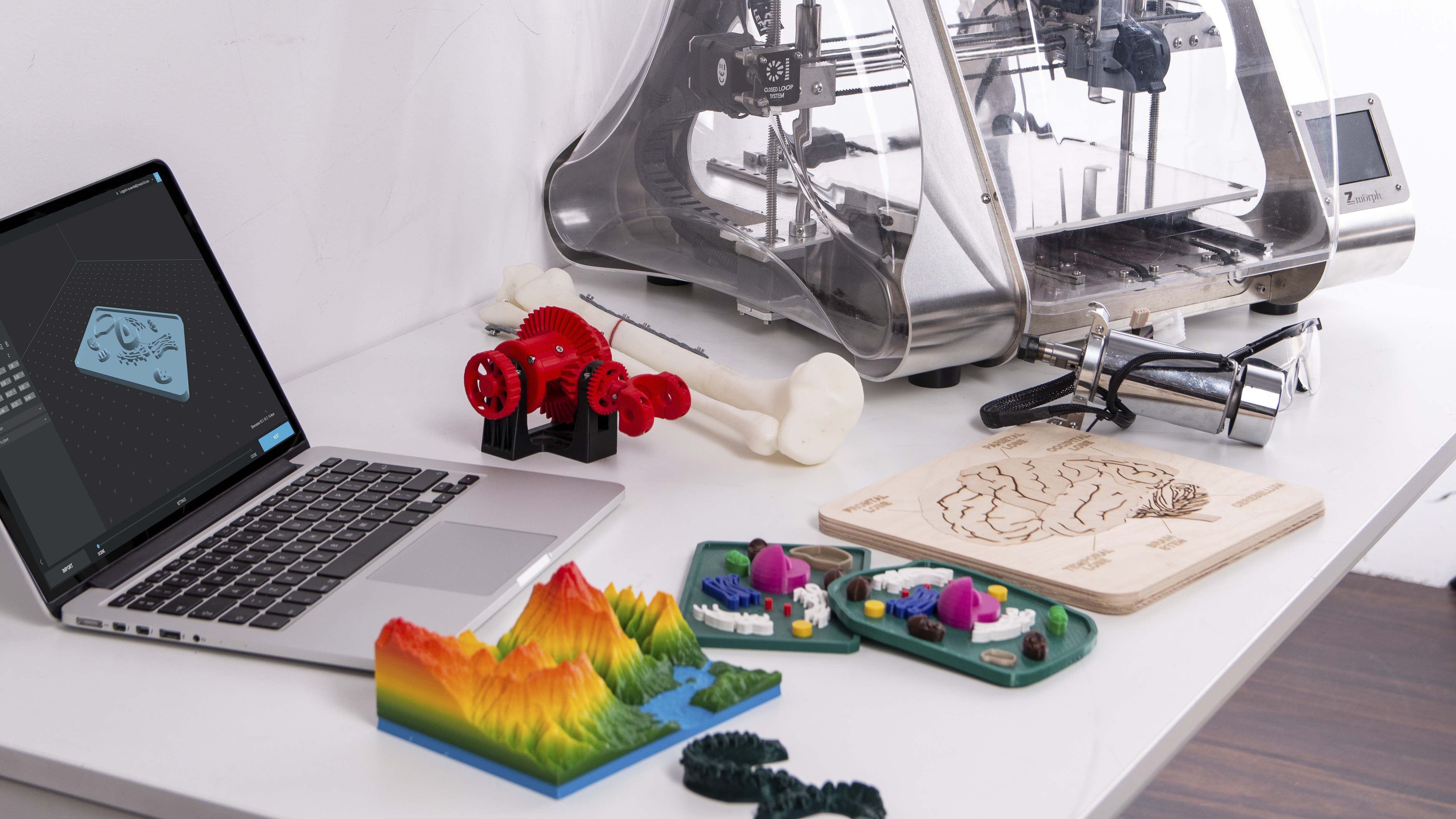
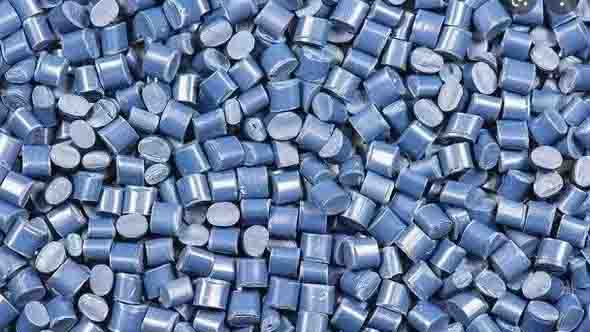
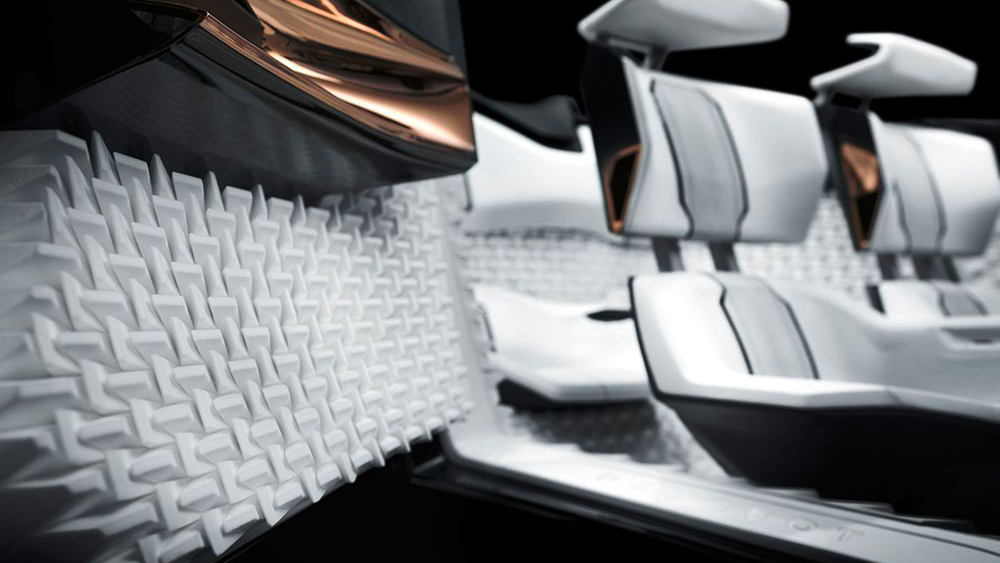
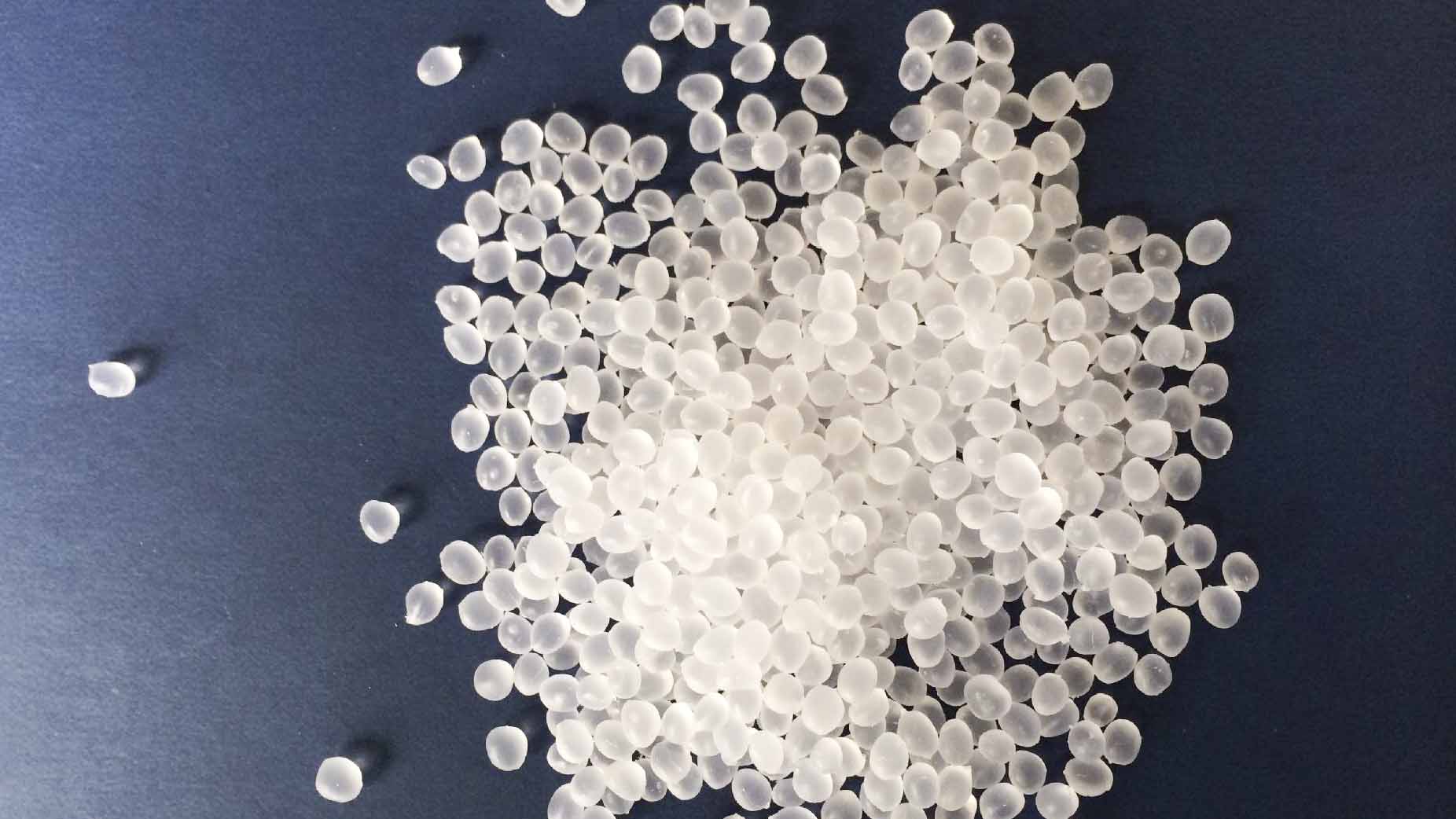
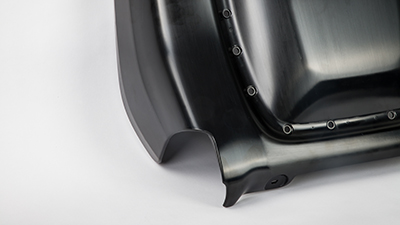
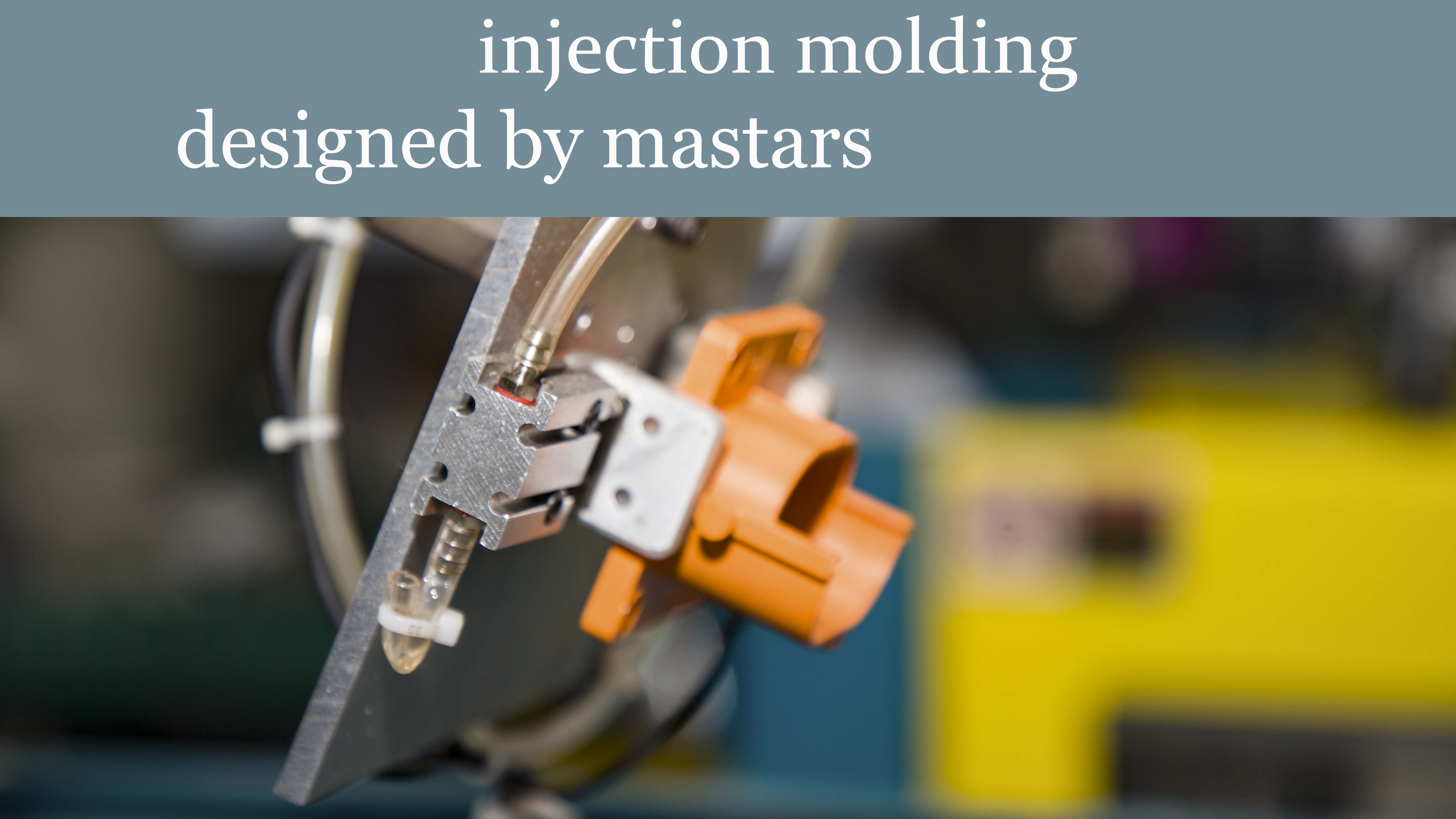
The Ultimate Guide to Plastic Forming
Plastic is the most common element everyone uses in their day-to-day life. Statistically speaking, every year, about 300 million tons of plastic are manufactured. The number is enormous, and the reason for that much giant production is its need in every sector. Plastics are incredibly adaptable and have a wide range of properties depending on their composition and manufacturing method. As a result, product designers must have a thorough grasp of the various ways to shape plastics for industrial and commercial uses to satisfy specific requirements.mastars is a metal prototype maker we provide rapid prototyping services and proactive tooling design/build and mass production processing, from injection molding, die casting, CNC machining to final assembly as full one-stop solution.
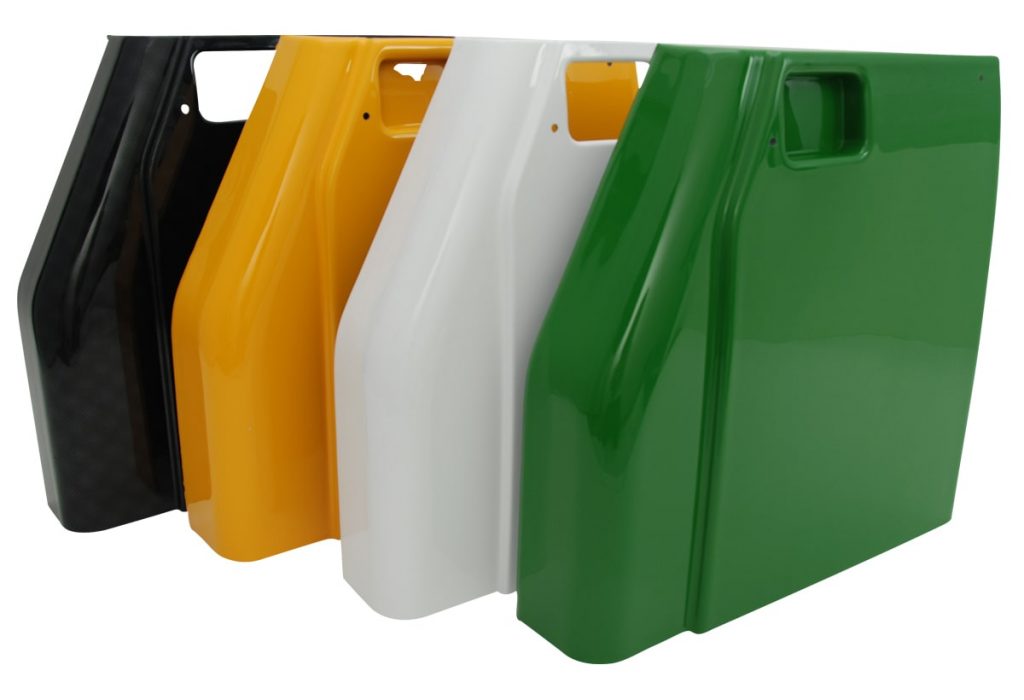
Plastic making started in the late 1800s to meet the demand for plastic billiard catches as an alternative to common ivory billiard sports. SInce then there has been tremendous improvement in the manufacturing sector. Now there are a wide variety of techniques available, which we will discuss in the later section.
Plastic injection molding comprises around 80% of the sturdy plastic objects we encounter daily. A mold or die composed of steel or aluminum is often used in the injection molding process. A plastic injection molding equipment is used to put the mold with a core cavity side and side. This machine melts the unprocessed plastic resin pellets, infuses them under high pressure into the mold’s empty chamber, and releases them to expel the completed item. It’s often used to make bespoke plastic components in large quantities. Car parts may be molded using large injection molding equipment. For surgical purposes, tiny machines can create highly accurate plastic components. Furthermore, the injection molding technique may be utilized with a variety of synthetic plastics and additives, giving manufacturers and engineers more options.
Blow molding is a technique for creating thin-walled plastic, hollow components. It’s generally utilized to create items with a consistent wall thickness and a distinct shape. The method works in the same way as glassware blowing does. Blow molding equipment heats plastic and then pumps air into it, inflating it like a balloon. The plastic is blasted into a mold, where it swells and pushes against the mold’s sides, giving its form. The component is expelled when the plastic “balloon” enters the mold and cools and hardens. Because the overall process requires less than 2 minutes, a 12-hour day may generate approximately 1440 pieces.
RIM is most commonly utilized in the automobile sector. It creates lightweight parts with a hard shell. Dashboards, body panels, and other automobile pieces may be readily painted with this skin. Thermoforming polymers, on the other hand, will not function in this procedure. This technique, on the other hand, necessitates the use of thermosetting plastic. Within the mold, thermosetting polymers experience an irreversible chemical process. This helps in expanding like foam and covers the mold cavity. The plastic takes on its final shape after the reaction is completed. The primary cost is the material, but please remember that the completed component must always be coated, generally with a urethane-based coating system or by paint, making the whole process more work demanding and raising the item price.
Extrusion molding differs from several other molding techniques in that the molten plastic material is extruded straight into the die. Since the final plastic item follows the shape of the dice rather than the mold, this technique is unique. Extrusion molding is exceptionally beneficial for producing plastic pieces with consistent lengths and cross-sections. It’s used to make straws, PVC pipes, hoses, plastic decking, and other things.
A cavity and core mold tool is used in rotational molding. However, the production method is considerably different. The plastic powder is put into the mold cavity, and the mold is then baked. The mold is gently spun on two axes while still being melted. The plastic is adhered to the instrument walls and built up to the correct thickness using gravity. The mold is then carried out of the oven and let to cool gently to avoid warpage. After a few minutes of cooling, the tool is open, and the component is withdrawn for the next cycle. Rotational molding is suitable for creating significant, empty, or concave forms, such as canoes and tubs, frequently used outdoors. The completed pieces are stress-free and robust since there are no seams, and the equipment is easy to produce and affordable. The drawback is that tools only survive a few hundred cycles before needing to be changed. The component finish quality is just mediocre at best, making it unsuitable for precision shaping.
Developing a limited number of high-quality fast prototypes with vacuum forming plastics is a beautiful approach to save money on tools and materials. Any stiff solid’s original model is stored in a sealed container, which is subsequently filled with a liquid urethane or silicone. So when a master is withdrawn from the mold, a structure is formed within the mold that may be replaced with plastic resin to create a replica of the original. Vacuum pressure is utilized to remove air from the mold, resulting in a filled mold without any air bubbles. The surface smoothness and precision are outstanding in this technique, and spreadable resins may simulate several technical grades of plastic. However, the castings are not long-lasting and will deteriorate after around 20 copies.
Thermoforming is a production method in which a thermoplastic sheet is melted to a pliable processing temperature, then molded into a specified shape, and cut to make a usable product. Thermoplastic is available in many different elements, colors, textures, and thicknesses. To generate the end outcome, thermoforming employs a variety of molds and procedures. A single 3D shape composed of aluminum is often used to manufacture 3D goods. Molds may be made at a cheap price utilizing inexpensive materials since thermoforming utilizes low pressures. Paper cups, clamshells, cups, trays, containers, blisters, and other goods are often made with thin-gauge thermoforming. Automobile door and dashboard panels, fridge liners, and light truck beds are all examples of thick-gauge thermoforming. It takes around eight weeks to prepare for manufacturing. The price of a thermoform mold is determined by the size of the component to be manufactured.
Lastly, we have compression molding. The material is preheated before being put within a die’s open cavity. Shut the dice with a cover or plug, then apply pressure and heat to solidify the plastic. Plastic is typically sold in sheets, although it can be purchased in bulk. The heating procedure guarantees that the plastic keeps optimum strength once it has been crushed into the desired shape. Cooling, cutting, and extracting the plastic item from the mold are the final phases in this procedure. Substitution of metal components with plastic ones is the ideal use of compression molding. It’s primarily utilized for small pieces and high-volume goods. Compression molding is extensively used in the automobile sector since the end products are highly robust and long-lasting. Rubber keypad switches, O-rings, gaskets, and other delicate, flexible thin-walled components are ideal for this procedure.
We hope this article will help you gain all the knowledge about the different types of plastic forming. So, don’t confuse yourself anymore. If you have any uncertainties, please reach out to us in the comments section.
www.mastars.com
Email: marketing@mastars.com
Tel: +86 755-88210689
Fax: +86 755-8821 0685
Add: Building 6,Blue Sky Industrial Park, Ditang Road, Shajing Town, Shenzhen City, Guangdong, China
Contents
rapid prototyping techniques
Plastic injection molding